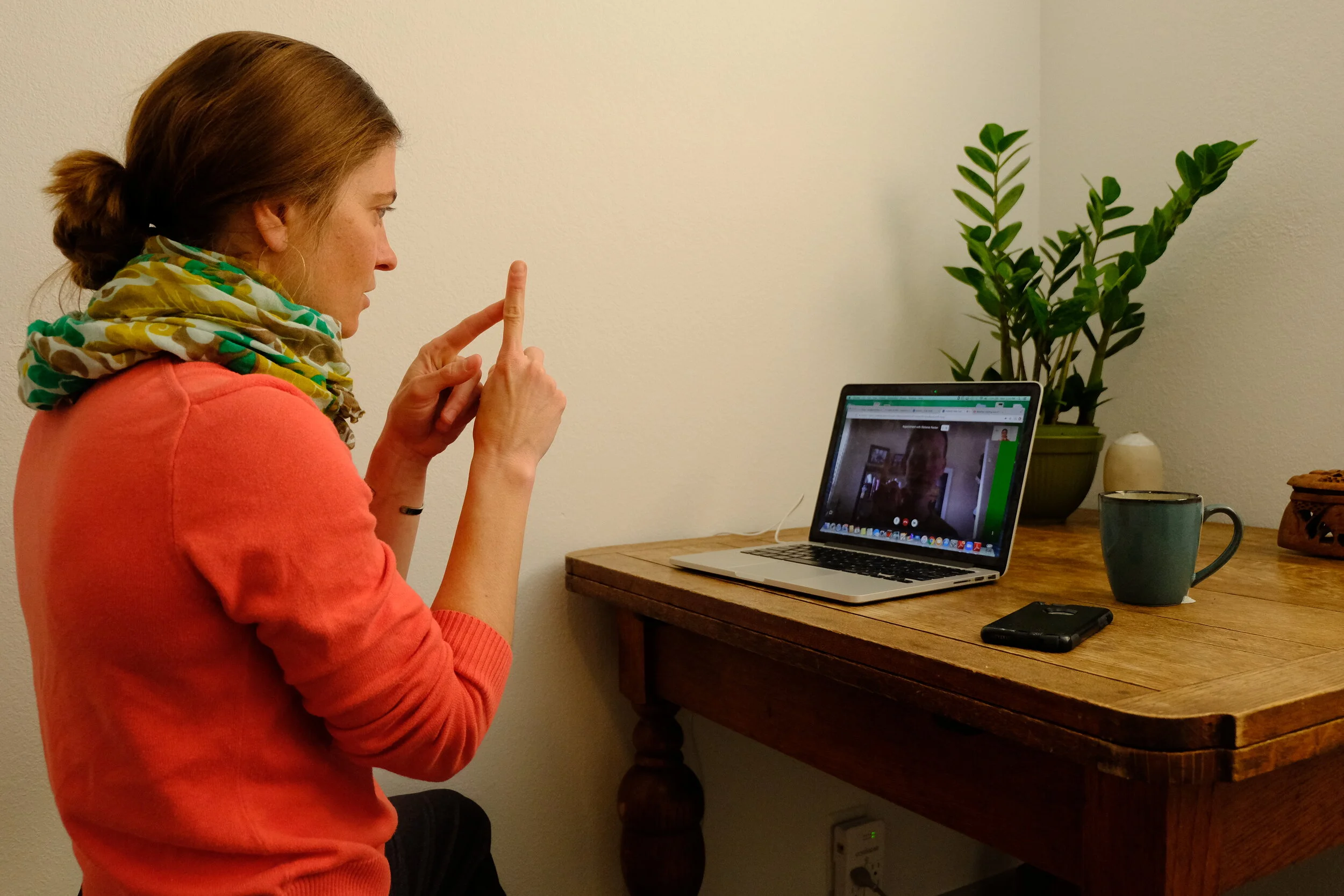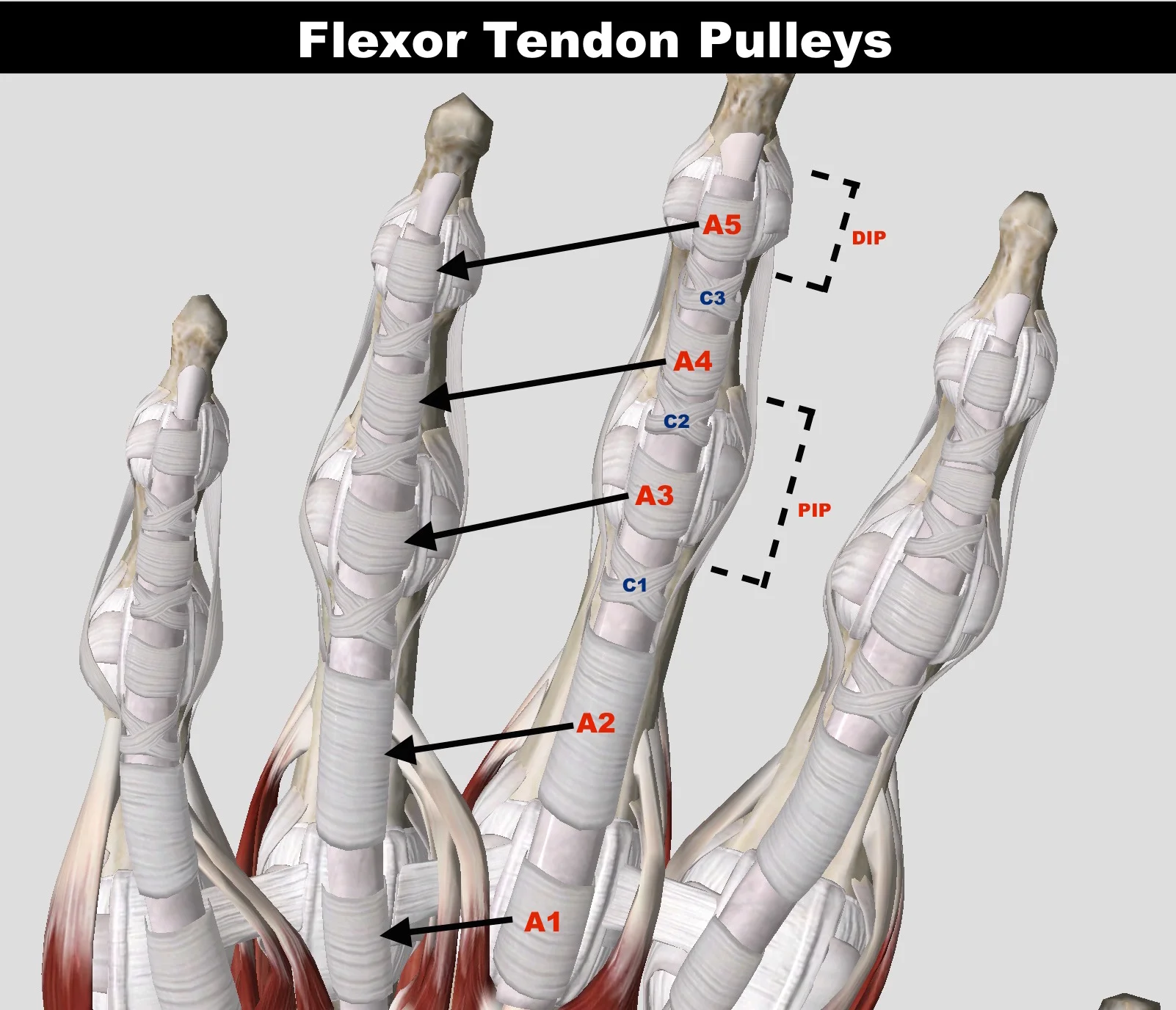Cash Pay Practice— Individualized Care with No Hidden Costs
Because we are a cash pay practice, the question we get most often is “Do you take insurance?”
The simple answer is “No.” Yet the real answer is much more complicated.
We value education and transparency, so we’ll explain in more detail why we don’t directly network with insurance providers. We want to give you the information you’ll need to navigate the tricky world of insurance, including seeking reimbursement for yourself if your plan covers it.
When we shop for our wellness needs, we want to know exactly what our costs will be. Unfortunately, there are several reasons that costs are masked in the medical industry. You often won’t know how much you owe until you get a bill in the mail. Cash pay practices are different. We aim to make healthcare affordable to everyone. From the outset, you know exactly what you are paying for— high value care with a specialized physical therapist who is committed to helping you reach your goals.
Individualized Care
Esther Smith founded Grassroots because she wanted to use all of her expertise to treat clients on an individualized basis to deliver better outcomes. Her experience was that while costs were increasing, her time to treat individuals was decreasing. In many healthcare settings, the decisions are dictated by billing codes, reimbursement rates, and predetermined protocols. That can result in physical therapists treating multiple people at one time, or seeing 2-3 people per hour while an aide completes the rest of the time. Prevention and maintenance education are also not billable, so while in-network care can help resolve your current problem, you may find yourself right back where you started once you stop treatment.
At Grassroots, you will spend the entire time with the licensed physical therapist of your choice for every visit, not just your first evaluation. That allows for the time and consistency to learn your history and assess your unique musculoskeletal structure. We use The McKenzie Method® of Mechanical Diagnosis and Therapy® (MDT) to assess the relationship between your movements and symptoms to choose the most appropriate and efficient treatment tools and strategies so that you can recover quickly. This method is highly effective, yet not commonly used because it requires advanced education and credentialing beyond the scope of a Doctorate program. While we often incorporate manual therapy to help our client’s progress, we do not solely rely on those methods. Our emphasis is on autonomy and education so that you can mitigate and manage future episodes on your own.
Our DPTs are highly skilled, each with their own unique expertise to return their clients to full function more quickly. We often see individuals for whom previous physical therapy and/or surgery did not eliminate their symptoms. We also treat many athletes for whom months of down time is not feasible. If you have high expectations for the outcome of your treatment and you are interested in being educated along the way, then we are here to make your investment in your own health worthwhile.
Navigating Insurance
Tracking down answers about your insurance coverage can be time consuming and difficult. If you choose to work with Grassroots, you will be charged a straightforward rate at the time of service. Regardless of what treatment you receive in a session, we never bill for anything extra. Our 60 minute visits cost $110, which is significantly lower than most offices bill because reimbursement rates to providers are so low.
There are two ways in which you are able to use your insurance plan to help pay for our treatment. The first is that we can charge your HSA or FSA debit card. The second is that we can produce an invoice for you to seek out-of-network reimbursement from your insurance provider; however, this does not apply if you are using certain insurance providers, like Select Health in Utah, Medicare, Workers’ Compensation or auto insurance.
Since every insurance plan varies greatly, we’ve put together a list of questions to help you evaluate your options when preparing to make an informed decision about your personal health and treatment plan.
Questions for your Insurance Provider
What is my deductible? If you have a spouse or dependent on your plan you will have to hit the higher deductible, not the individual deductible
Am I responsible for the full cost of PT prior to hitting my deductible?
Is my copay the only cost I will pay for in-network PT if I haven’t met my deductible?
What is my reimbursement rate for out-of-network care?
Do I have to reach my deductible before I am reimbursed for out-of-network care?
What is my coverage for imaging, such as MRIs?
What is my coverage rate after I meet my deductible?
Do you match my investment in my Health Saving Account (HSA)?
Questions for your Healthcare Provider
How much do you bill for an hour long visit?
Will I be billed extra for treatments such as dry needling?
How much time will I spend with a PT aide during my follow up visits?
What is your estimate for treatment time and frequency of visits?
Do you expect to order imaging, such as an MRI, to determine a diagnosis?
Do you expect to order specific tests that are outside of my normal coverage?
Do you accept my HSA/FSA debit card for payment?
Cost Comparing Scenarios
The following scenarios are generalized and aim to help you understand the bigger picture of healthcare costs within different types of insurance plans. They are based on our experience as providers as well as those of our clients, but should not strictly dictate your choice as an individual.
Low Deductible with High Coverage
Insurance plans like the University of Utah’s have low deductibles and low in-network copays. In this scenario, we are not cost competitive with their providers at first glance. However, we still see clients with these plans who choose to receive one-on-one care from our therapists who have skill sets and specialties that they haven’t found in-network. We often treat clients who have been doing physical therapy for several months or longer and are still achieving their desired outcome. Another consideration is that we do not necessarily require imaging to diagnose the issue. Even with good insurance coverage, an MRI can be a big expense that may be unnecessary. If you’re faced with the prognosis to have surgery, we can also provide an outside opinion.
HSA/fsa Plans
This type of plan has become more popular in recent years because the monthly premium is significantly lower. The trade off for a health savings account (HSA) with a high deductible health plan (HDHP) is that you are responsible for all medical costs incurred prior to hitting your deductible. In this scenario, the billable cost of an in-network physical therapy visit is around $250 dollars. Your coverage, which is sometimes only 80% or lower, would not kick in until after you met your deductible. If their treatment plan is 2 visits per week for 6 weeks, then the total bill to your insurance will be $3,000.
At Grassroots, we accept HSA and FSA debit cards, and we only bill $110 for a one hour visit and $70 for 30 minute follow up visit. We rarely see clients for more than 6 or 7 visits, unless they are choosing to involve our care long term for their unique needs. Depending on your deductible, you could spend 50-75% less by being treated here.
High Deductible with In-Network Copay
The middle ground scenario that most people are in is that they have a $1,500 individual deductible (or $3,000+ if your spouse or family are on your plan) and a $25 - $50 copay for in-network specialists. On the low end of this scenario, you might pay $25 per visit for 6-8 weeks of treatment, twice per week. This would result in $300 - $800 in copay payments, not including any additional charges for treatments such as dry needling. On the higher end, some plans still require a portion of the visit to be covered in addition to the copay until you hit your deductible. In this scenario where costs may be difficult to compare, Grassroots still offers a unique skill set within Utah. Clients will choose to work with us when they are looking for individualized care to resolve an issue that is limiting their quality of life. They also know that there won’t be any surprise bills that show up after care is complete.
Grassroots Self Treatment
Having symptoms can be scary, whether it’s pain, weakness, numbness or stiffness. Adding the stress of financial decisions can be overwhelming. Our therapists respect your investment in your health and will seek to minimize the number of visits needed to recover. We created Grassroots to put clients at the forefront of their own care and eliminate the guesswork in cost.
To increase access and affordability, Esther also created Grassroots Self Treatment. We invite you to explore videos and tools that address a variety of symptoms with expert coaching and exercises so you can learn about your body, mobilize, strengthen and reduce pain on your own at home. You will find a wealth of free information throughout our blog posts and YouTube videos, as well.
These resources provide generalized advice, so if you need more individualized care down the road, we’d be honored to help you heal.
























